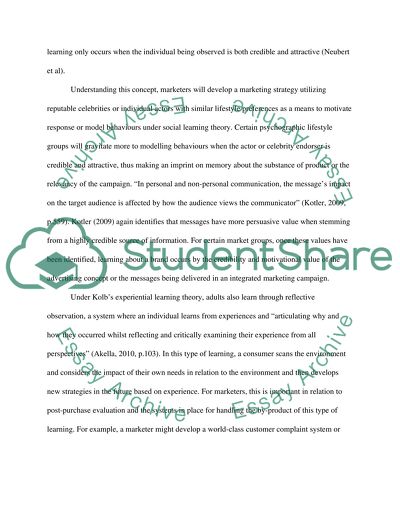Cite this document
(“Consumer behaviour, learning and purchase decisions Essay”, n.d.)
Retrieved de https://studentshare.org/marketing/1390354-customer-behaviour-learning-and-purchase-decisions
Retrieved de https://studentshare.org/marketing/1390354-customer-behaviour-learning-and-purchase-decisions
(Consumer Behaviour, Learning and Purchase Decisions Essay)
https://studentshare.org/marketing/1390354-customer-behaviour-learning-and-purchase-decisions.
https://studentshare.org/marketing/1390354-customer-behaviour-learning-and-purchase-decisions.
“Consumer Behaviour, Learning and Purchase Decisions Essay”, n.d. https://studentshare.org/marketing/1390354-customer-behaviour-learning-and-purchase-decisions.


